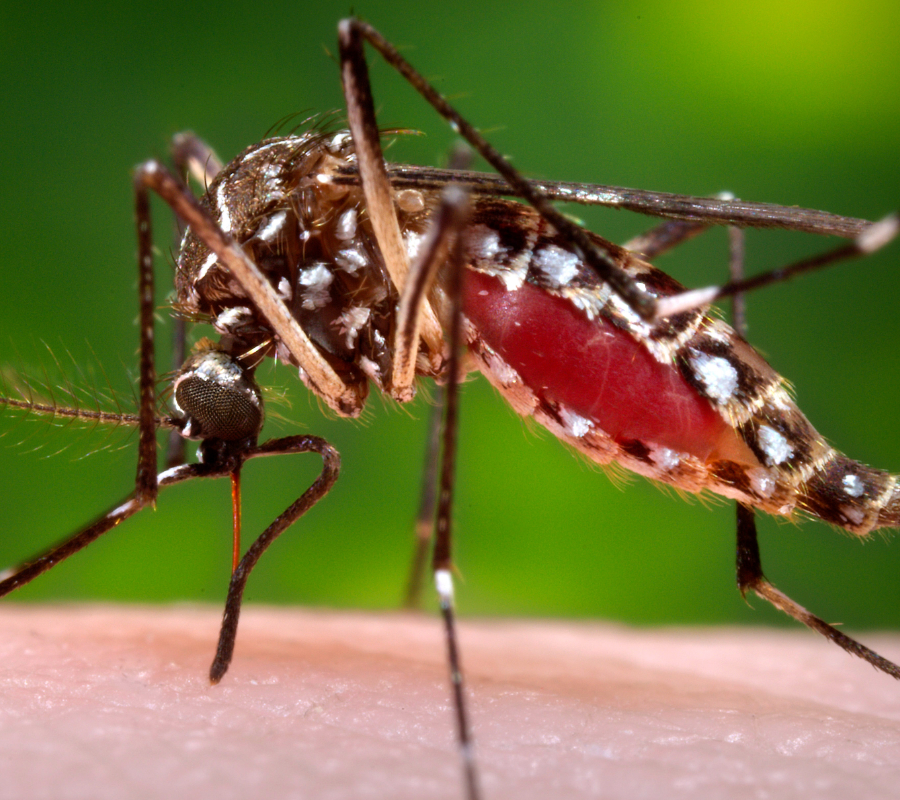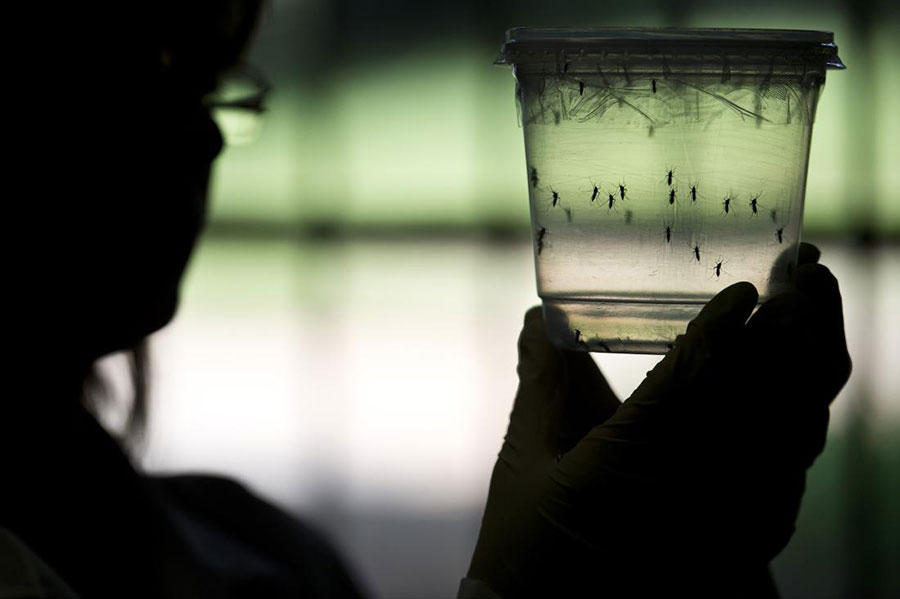The World Health Organization has received reports for three cases of the Zika virus in India, spotted thanks to routine blood tests in a hospital located in Ahmedabad, in the Gujarat province.
The patients became infected as they remained in the country. They had not traveled abroad since February 2016, which is when the first case took place. Most people who become infected with Zika do not display severe symptoms until enough time has passed for the virus to incubate.

The Zika virus reaches one of the most populated countries
The report was made public by the Indian Ministry of Health and Family Welfare, as they reported three cases of Zika infection, confirmed through laboratory tests. The samples were analyzed at the B.J. Medical College in Ahmedabad and then passed on to the National Institute of Virology.
One of the cases is a 64-year-old male, who was suffering from fever during the time of testing. Another is a 34-year-old woman, who delivered a healthy baby on November 2016. She was feverish after delivering the baby even if the pregnancy developed regularly and she did not travel abroad within its duration. The final case is a 22-year-old pregnant woman whose blood sample was collected at the B.J. Medical College during her 37th week of pregnancy.

India’s public health officials responded by developing an action plan to contain the Zika virus and avoid any possible cause that could lead to an outbreak. Airports and ports are now displaying information for travelers to avoid the mosquitoes that transmit the Zika virus.
Collective reports of fever and microcephaly are now being monitored to determine if they are due to the Zika virus, and laboratories have started tests on mosquitoes to see which regions are at a higher risk of suffering from an outbreak. Currently, microcephaly cases remain at their usual rate for the whole country.
WHO assures that the report does not change the global risk assessment for the Zika virus, although it is encouraging world countries to increase vigilance toward the characterization of the virus and its proliferation. Currently, no travel restrictions to or from India are being recommended by WHO.
WHO insists that residents in Gujarat province should remove any site where mosquitoes could breed and that they should reduce the chance that an Aedes mosquito could come in contact with a person. People traveling to high-risk areas should wear insect repellents, and appropriate clothing to avoid being bitten.
An outbreak that encompasses the world
Zika was first observed in humans back in 1952, but it is known to affect monkeys since 1947. Outbreaks have occurred in all continents except Europe. The incubation period for the disease is not yet clear, although symptoms are similar to those of dengue, including fever, muscle and joint pain, headaches, and skin rashes. They tend to last no more than one or two weeks.
Last year, WHO determined that Zika in pregnant women causes brain deformation in their child, mostly microcephaly. Additionally, Zika can develop into the Guillain-Barré syndrome, a rare condition where the immune system attacks the patient’s nerves.

Zika is transmitted either by mosquito bites or sexual contact. Transmission by blood transfusion is also being studied although WHO has not been able to confirm it. Usually, people diagnosed with Zika are those that live near an area deemed as high-risk. Infection can only be confirmed through lab testing bodily fluids.
To treat it, the patient should get full rest while drinking enough fluids. Common painkillers are best to deal with the disease, just as the fever can also be treated with usual drugs. The disease tends to wear off after a week or two, but if symptoms persist, the patient is advised to reach out to a doctor.
The best way to prevent being infected by Zika is to wear long-sleeved shirts and pants, covering the skin to the greatest extent. Closing windows and using mosquito nets is also advisable. The ones who are at a higher risk are people who cannot take measures to reduce the probability of infection, including the elderly, young children, and pregnant women.
Insect repellent is also a very effective solution. WHO recommends using those that contain DEET, IR3535 or icaridin. Also, mosquito breeding sites should be eliminated. This includes recipients with stagnant water, pots, gutters, and stranded tires. Local governments should take steps into reducing risk and mosquito breeding rates by spraying insecticides on a large scale, while also disposing of potential breeding spots.
To tackle the global outbreak systematically, WHO devised the Zika Strategic Response Framework to prioritize researching and eliminating the Zika virus by keeping in touch with epidemiologists all over the world. WHO is also closely monitoring the disease and its complications, as there is no definitive cure for any the conditions that may surface after being infected with the virus.
Source: World Health Organization
